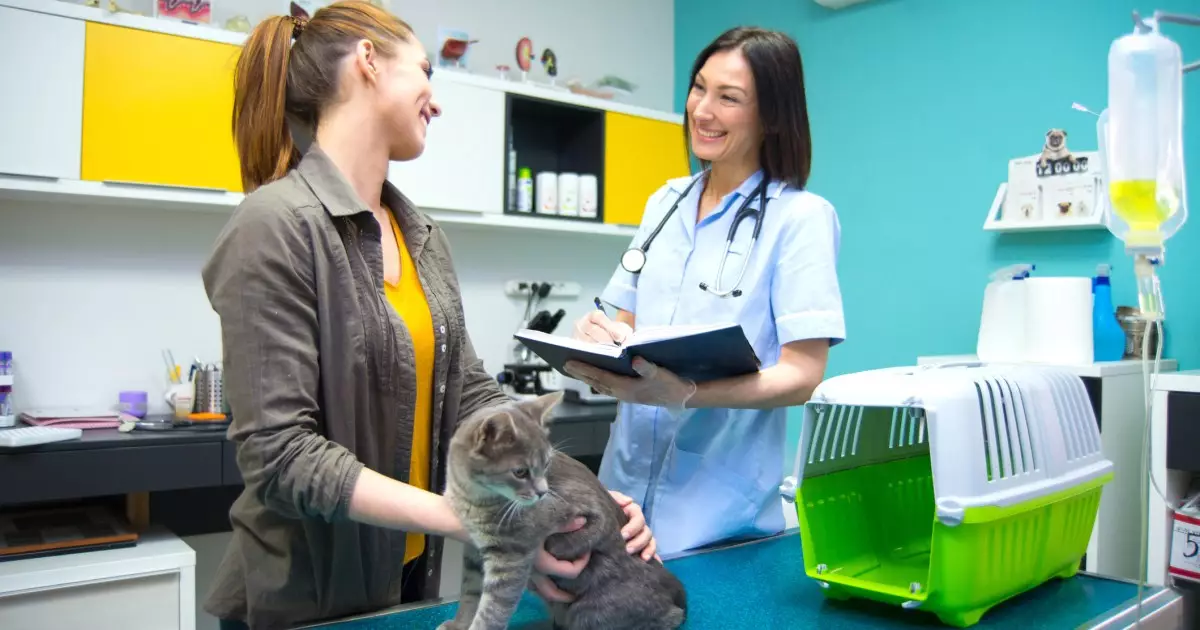As a devoted cat owner, ensuring the health and happiness of your feline companion is undoubtedly a top priority. However, the unexpected nature of accidents and illnesses often leads to considerable veterinary bills, leaving many cat parents longing for a safety net. That’s where pet insurance comes into play. This article delves into the myriad benefits of cat insurance, how it operates, essential considerations for selecting the right plan, and pivotal inquiries to make when vetting insurance companies. By arming yourself with this knowledge, you’re better positioned to provide your cat with the care they deserve while safeguarding your finances.
One of the most pressing questions cat owners grapple with is whether investing in pet insurance is worthwhile. The answer is nuanced and highly dependent on individual circumstances, including factors like your cat’s age, breed, medical history, and lifestyle.
Considering the skyrocketing costs of veterinary services—triple the prices over the last decade—pet insurance serves as a crucial financial buffer. This coverage allows for immediate and comprehensive medical attention, enhancing both the quality of care your cat receives and the peace of mind you possess as an owner. By paying a regular premium, you can alleviate the financial stress associated with unforeseen veterinary expenses, ensuring that your kitty’s health is never compromised due to cost constraints.
Pet insurance functions similarly to human health insurance, albeit with its nuances. When you select a policy, you’re agreeing to pay a recurring premium that grants you access to a specific level of coverage. These policies can differ significantly depending on the insurer and the specific plan selected, but the general procedure remains consistent.
When your cat falls ill or suffers an injury, you typically pay the veterinary clinic upfront. Following this, you submit a claim to your insurance provider, which then reviews the details and reimburses you according to the stipulated terms—usually a percentage of the eligible expenses after deductibles have been met. Thus, it is of paramount importance to scrutinize your policy’s specifics: coverage limits, deductible thresholds, and reimbursement balances.
Key Considerations When Choosing Cat Insurance
Navigating the realm of pet insurance can be overwhelming. Therefore, you should consider several factors before finalizing your choice. First, evaluate the extent of coverage provided by various plans—do they encompass just accidents, or do they also include illnesses and routine care?
Next, it’s essential to assess your budget. Insurance premiums can vary considerably based on your cat’s age and breed, as well as your geographical location. Consider your comfort level concerning deductibles; while a higher deductible typically results in lower premiums, it can also mean a heftier out-of-pocket cost when your cat needs medical attention.
Moreover, do not overlook the reimbursement percentage, which can range from 70% to 100%. Understanding what constitutes a pre-existing condition and identifying any breed-specific hereditary issues that may be excluded are critical. Additionally, be sure to inquire about any waiting periods before your coverage begins for certain conditions.
Many pet owners underestimate the complexities of the claims process. It’s prudent to research how claims are submitted, the average duration for processing them, and the required documentation. Insurance providers vary in their efficiencies, and these disparities can influence your waiting time for reimbursement.
Some people may find solace in knowing that several reputable pet insurance companies have been recognized for their superior service. These firms often provide various plans, customizable benefits, and unique features such as instant claim payments or alternative treatment coverage, which can cater to diverse preferences and needs.
When shopping for pet insurance, asking the right questions can significantly impact your final decision. Consider inquiring about:
– What defines a pre-existing condition?
– Are conditions prevalent to specific breeds included in the coverage?
– Is there an age limit for policy enrollment?
– What is the waiting period before coverage becomes effective?
– Are there annual or lifetime limits on benefits?
– How is the premium calculated, and is it subject to increase based on claims made?
– Can you select your preferred veterinarian, or are there restrictions on providers?
– Are any discounts available for multiple pets or alternative therapies?
Understanding these factors will empower you to make an informed choice tailored to your cat’s needs.
Investing in cat insurance can offer invaluable financial protection and peace of mind for responsible cat owners. By carefully evaluating coverage options, assessing your personal budget, and asking pertinent questions, you can select the best policy for your furry friend. Each cat has unique insurance requirements, and taking this step ensures they receive optimal care without the stress of unforeseen costs. As you embark on this journey, remember that protecting your beloved feline companion is an investment in their wellbeing—and your financial sanity.
